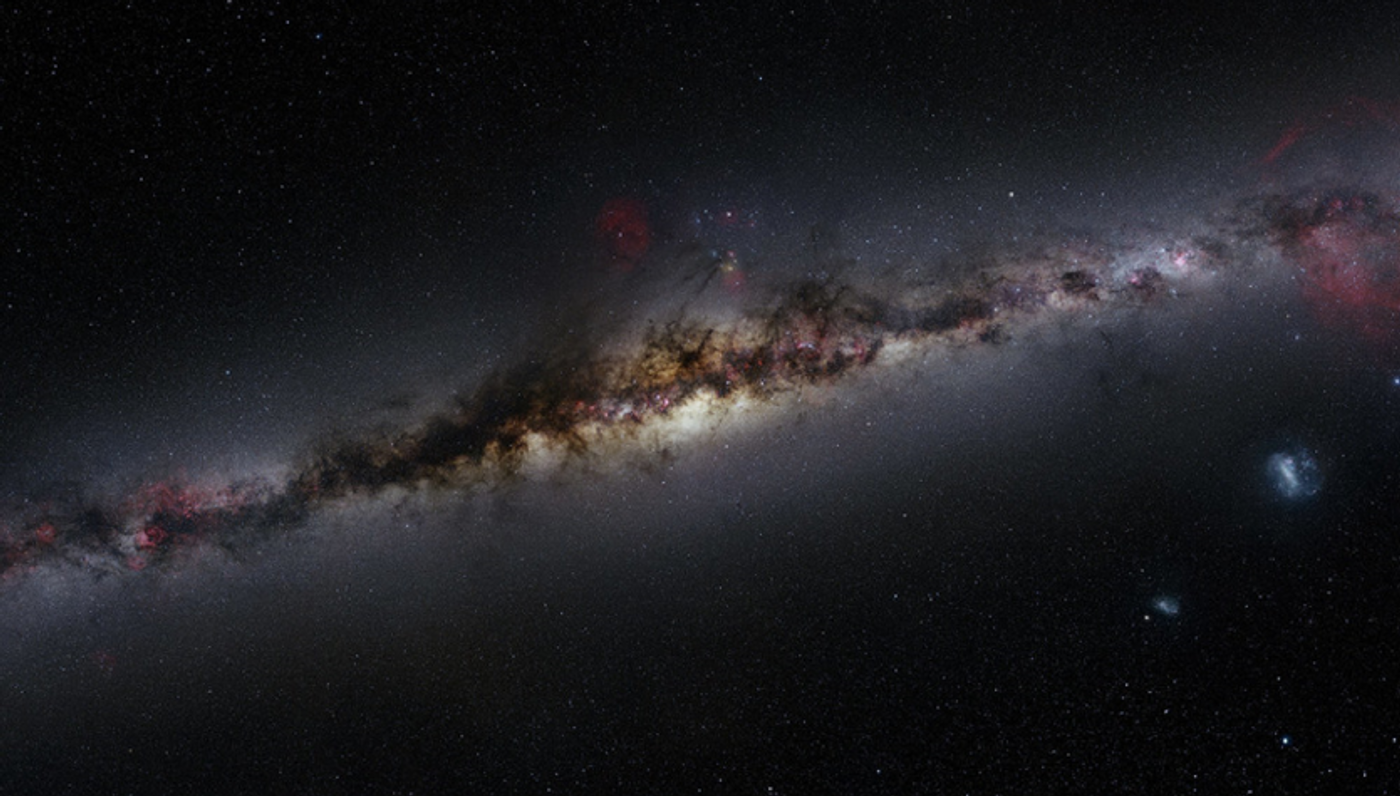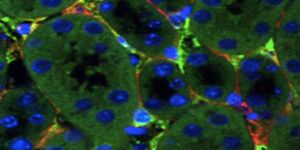Space is Greasy Like a Dirty Kitchen?
We all know that space is full of material like hot gas, icy comets, and rocky meteorites, but latest research revealed something no one could have thought of: fat, a lot of it.
By surveying our own Milky Way, an Australian-Turkish collaboration has discovered that the galaxy is full of aliphatic hydrocarbon molecule, at approximately 10^33 tonnes.
Carbon and hydrogen are no doubt the two primary elements of life. They make up a big variety of organic compounds, from amino acid, nucleotides, carbohydrates, to fatty acids. Scientists, evolution biologists and astrophysicists alike, have long pondered how the presence of simple organic compounds in cosmic environments lead to the formation of the biochemical molecules necessary for the emergence of life on Earth, or any planets in general.
As early as the late 1960s, by chemical analyses, scientists already knew fatty molecules present inside carbonaceous chondrites, a common type of meteorite. These lipids found in the space travelers showed no chemical difference from naturally occurring isoprenoids (molecules that are made of two or more units of hydrocarbons) on Earth.
How did these compounds come into being? The mainstream theory is that they are formed through the so-called bottom-up chemical processes, where small molecules merge with each other to produce larger units through collisions. But the efficiency of these processes is rather low, which may not explain the amount of these hydrocarbons in interstellar space.
According to a new theory, these molecules are formed quite differently: the graphitic surface of the interstellar dusts, which are fine silica powders, provides a perfect platform for hydrogen etching, a reaction that can lead to various simple hydrocarbon molecules.
By zero in on the light absorption in the interstellar space in the Milky Way, the Turkish and Australian researchers discovered a significant optical signature of grease-like molecules. According to their estimation, there are about 100 greasy carbon atoms for every million hydrogen atoms, enough to fill 40 trillion trillion trillion tubs of butter.
However, this is not the same fat you use in fried chicken. “This space grease is not the kind of thing you’d want to spread on a slice of toast,” said Tim Schmidt, a chemist at the University of New South Wales and the lead author of the study. “It’s dirty, likely toxic and only forms in the environment of interstellar space – and our laboratory.” Indeed, the majority of the grease molecules are naphthalenes, the group of cyclic aromatic hydrocarbons you find in pesticides and deodorants.
The data from this study would allow astronomers to calibrate their astronomical observations, and help future estimates of the amount of aliphatic carbon in the interstellar medium, which can provide the precursor materials for life-supporting planets and extraterristrial life-forms.
The study was published in the journal Monthly Notices of the Royal Astronomical Society.
Could Life On Earth Have Come From A Comet? (Seeker)
Source: The Guardian









